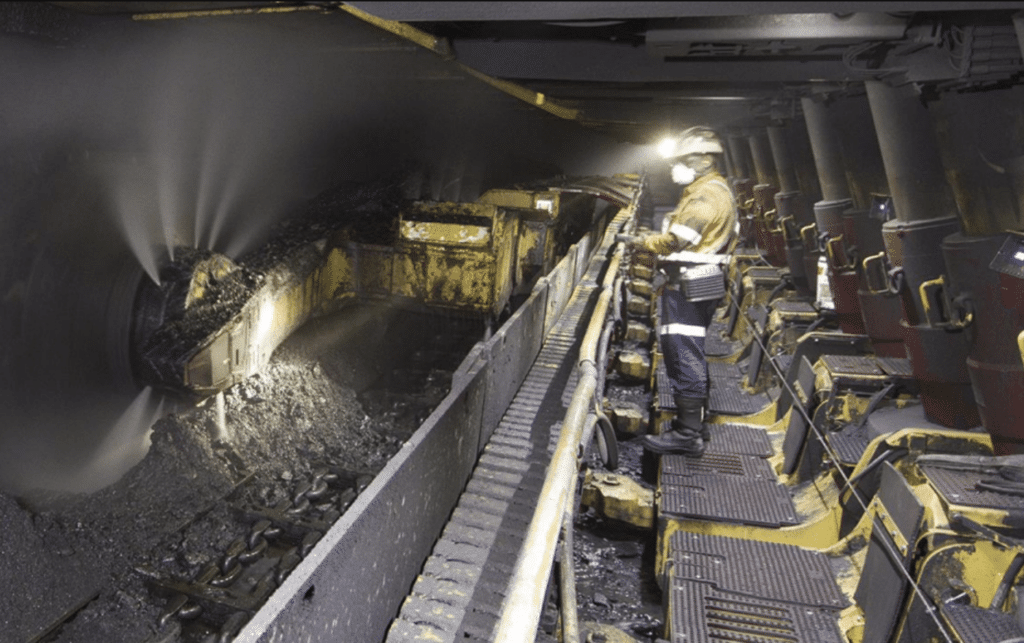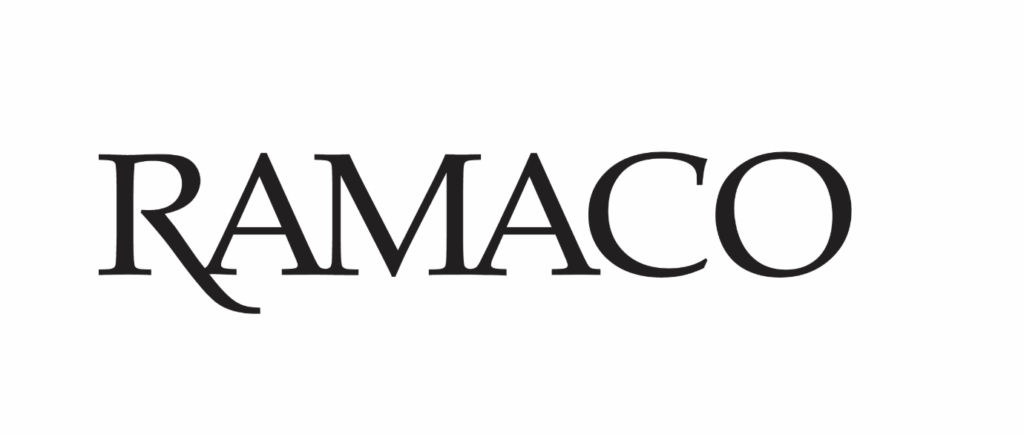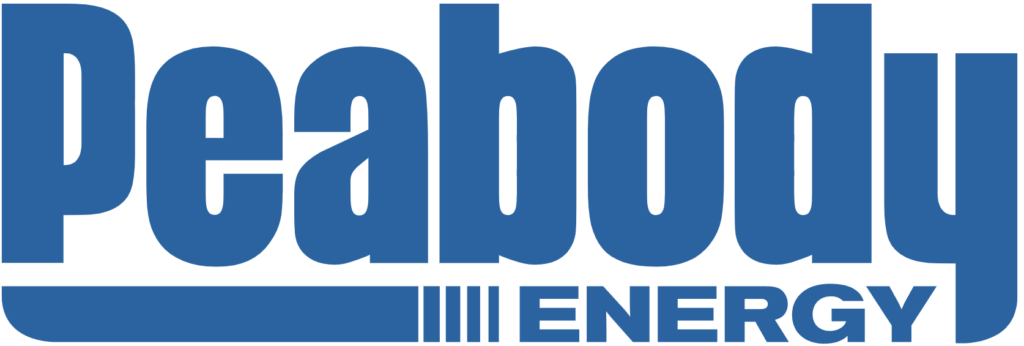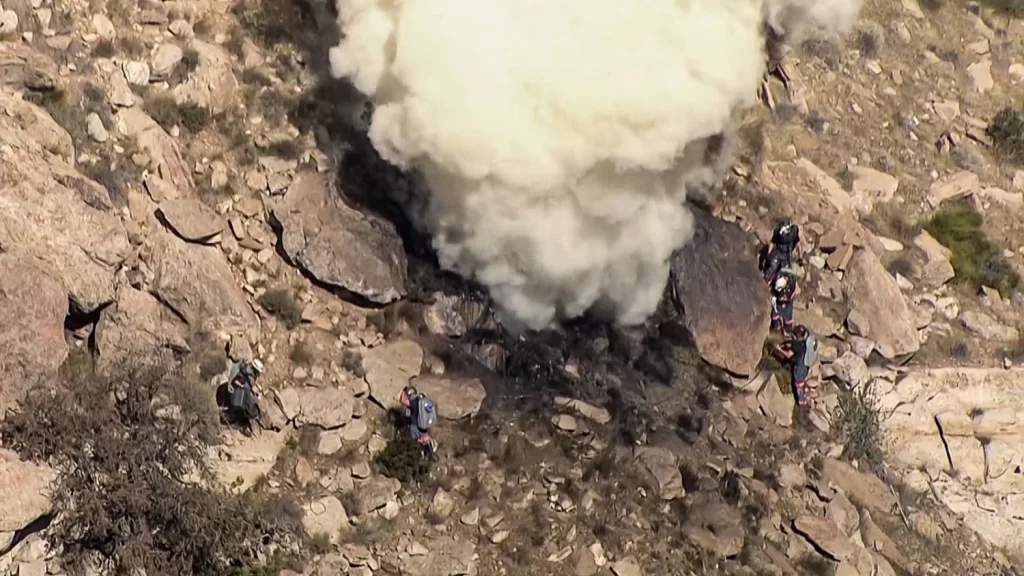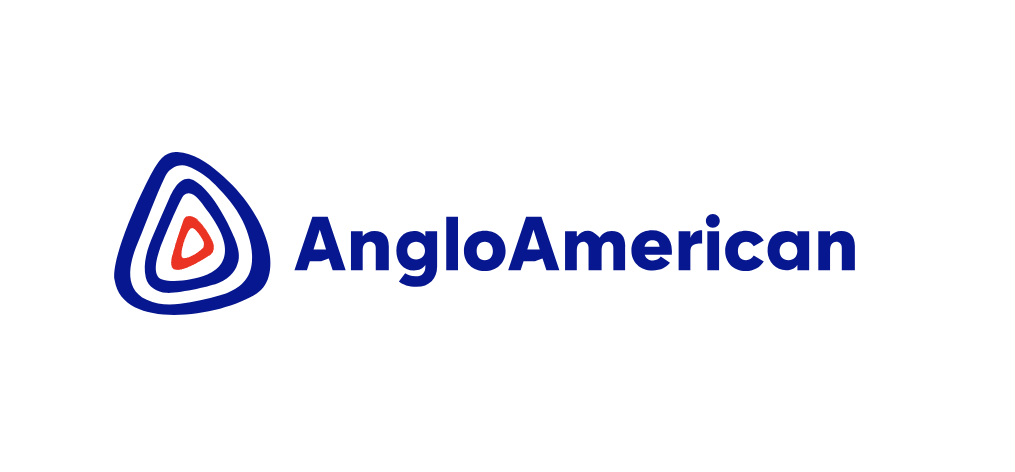The seaborne metallurgical coal market has entered the second quarter with bearish signals, fueling concerns that prime hard coking coal prices could slip below lows reached in 2023, while participants viewed the recent rebound toward mid-April as temporary amid the futures rally.
Prime coal supply from Queensland is expected to improve in Q2 as the production hub emerges from the wet season, just as major miners are due to close their books for the fiscal year ending June.
Metallurgical coal exports from Australia were already on the rise in February, up 15% on the month and 58% higher on the year to 15.71 million mt, according to S&P Global Commodities at Sea data.
That met with tepid demand as steelmakers in Europe, India, Southeast Asia and China are thronging the market seeking to offload term contractual cargoes.
Adding to the oversupply, there was a jump in the volume of spot cargoes being offered by a major Australian prime coal producer that rarely partakes in spot business. The company has floated several Panamax shipments worth of prime coal in March, market sources said.
Against this backdrop, the fall in prime coal prices steepened toward the end of the first quarter.
The Platts Premium Low Vol Hard Coking Coal assessment on an FOB Australia basis tumbled $79.25/mt or 24% on the quarter to $244.50/mt March 28 while sinking 19% on a year-on-year basis, according to S&P Global Commodity Insights data.
Similarly, PLV CFR China prices plummeted to $257/mt, down $75/mt or 23% on the quarter and 18% on the year, S&P Global data showed.
As such, analysts at S&P Global lowered their forecast for FOB Australia to $283/mt in 2024, down from the previous view of $289/mt.
“We don’t expect prices to rise back above $300/mt this year due to weak steel market conditions,” the analysts said in a March 27 monthly note.
The missing ‘gold’ and ‘silver’
The key China market led the rout in seaborne met coal pricesin March, with domestic Shanxi low-sulfur PLV prices having nosedived by around Yuan 700/mt ($96.80/mt) since the market reopened Feb. 18 after the Lunar New Year holidays.
Official daily pig iron output in March stood at 2.34 million mt, down 7% year on year, during the “golden March” traditional peak season for steel production and consumption, which was in the context of high finished steel inventories, market sources said.
The daily figures to date are below last year’s average of 2.4 million mt and the “silver April” demand period is not yet in sight, sources added.
Despite bouts of optimism seen in the futures market toward mid-April, subdued demand from mills looks set to persist in the absence of significant stimulus policies from the annual Two Sessions government meetings in March, a major Chinese steelmaker said.
“That would cause a dent in China’s import of seaborne material for the rest of 2024 so those cargoes will have to find home elsewhere,” the steelmaker said, adding that it was looking to curtail its purchases of seaborne materials by more than 10% in 2024.
Nonetheless, some remained hopeful that domestic prices would find technical support in Q2 given last year’s bottom at Yuan 1,500-1,600/mt ex-washplant basis for domestic Shanxi low-sulfur PLV. Pig iron output in early April also displayed a marginal increase, backed by improving mill margins, the sources added.
All eyes on India
Demand likewise looked dull from India, where mills were hardly seen in the spot market purchasing a full Panamax shipment worth of Australian prime coal in Q1 amid elevated FOB prices.
Indian end-users were instead sourcing alternative supplies with some buying the more economical metallurgical coke, as a series of price cuts in China’s coke market weighed on international prices.
Indian mills have tended to restock ahead of the monsoon season starting in June, but the price support derived from restocking demand is seen moderate this year as the country has general elections scheduled April 19-June 1.
Domestic steel demand has been lackluster due to election regulations that prohibit the government from announcing any new infrastructure and construction projects until the electoral process is over.
“Things are a bit slow as new major projects will not get implemented until the election results are out,” an Asian trader source said.
Post election, however, coking coal demand was likely to receive support, especially after a full union budget is announced in July, said market participants. The government has increased its budget allocation in the infrastructure sector in recent years and steel and raw materials consumption is likely to receive support on the back of that.
Capacity ramp-ups at NMDC’s 3 million mt/year Nagarnar steel plant in Chhattisgarh and JSW Steel’s 5 million mt/year hot strip mill at Vijayanagar in Karnataka are further expected to increase coking coal demand from the country in Q2, sources said.
Lower-grade coals strengthen
Along with the correction in prime coal prices, the value of semi-soft coking coal in relation to PLV FOB climbed to a six-month high at 58.9% March 20 and hovered around 60% for the rest of March.
This was in stark contrast to the sub-50s% relativities in early November 2023, when PLV FOB prices touched $350/mt levels.
The semi-soft and thermal coal segments gained some support in March due to the new US sanctions on Russian miners Publichnoe Aktsionernoe Obshchestvo Mechel (Mechel) and JSC Suek that produce lower-ranked material.
As such, semi-soft coking coal prices would not have much room to fall further in Q2 unlike prime grades, although it appeared unlikely for the relativities to rise back above 70% in the absence of new supply disruptions, a Northeast Asian steelmaker source said.
A few Northeast Asia-based end-users that rely heavily on term contracts, meanwhile, have agreed to follow the “benchmark”price — which they understand as the term contract settlement price Australian coal miners have with Nippon Steel in February — at 69% to Platts PLV FOB for semi-soft coking coal deliveries over the April-September period.
Source: S&P Global

